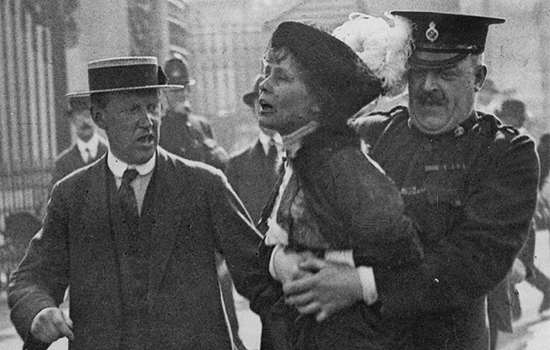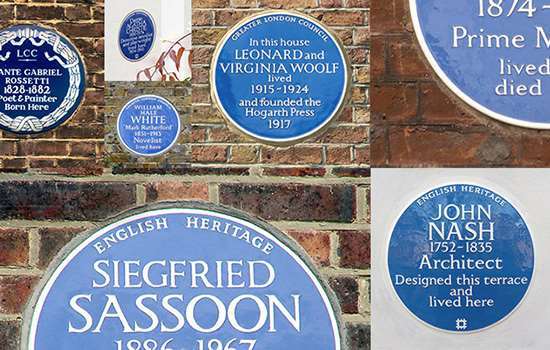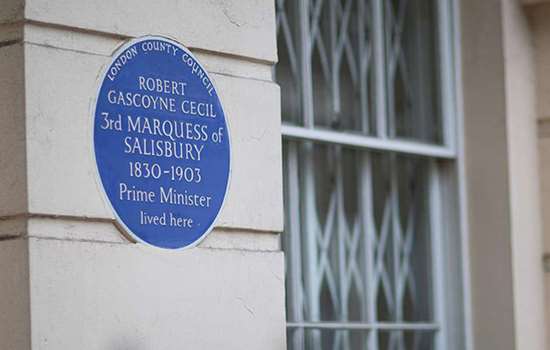COTTON, HENRY (1907-1987)
Plaque erected in 2017 by English Heritage at 47 Crystal Palace Road, East Dulwich, London, SE22 9EX, London Borough of Southwark
All images © English Heritage
Profession
Golfer
Category
Sport
Inscription
HENRY COTTON 1907-1987 Champion Golfer lived here
Material
Ceramic
Sir Henry Cotton was one of the greatest golfers of all time, and the first to be knighted. He is commemorated with a blue plaque at his former family home at 47 Crystal Palace Road in East Dulwich, where he used to practice his swings in the garden.
THE MAKING OF A LEGEND
Thomas Henry Cotton was passionate about golf from an early age. Henry and his brother Leslie joined the Aquarius Golf Club in Honor Oak in 1920 and within a few years they had both won several prizes. Their father was a keen golfer himself and set up training nets in the garden of their family home at 47 Crystal Palace Road. Henry lived at the address in about 1922–1923 and 1926–1931, during the crucial early stages of his golfing career. He later rented a garage from his father at the rear of the property to use as a private practice area. The brothers both went on to become professional golfers, but it was Henry who excelled at the sport.
Nicknamed ‘the Maestro’, he believed hard work was the only way to achieve golfing success. He stressed the need to have ‘strong, educated hands’ and, later in his career, advised his pupils to build up their strength by hitting a tyre with a golf club every day for ten minutes.
In 1929 he was part of the winning British Ryder Cup team and won his first British Open Championship at Sandwich in 1934. His record round of 65 was commemorated in the name of the ‘Dunlop 65’ golf ball – an early indication of the legendary status he would soon acquire. He won two more British Opens either side of the Second World War – in 1937 and 1948 – as well as eleven Opens in other European countries. In 1947 and 1953 he captained the British Ryder Cup team, and in 1946 he started a parallel career as a golf course designer, designing 23 in all. He also published nine books on golf, including This Game of Golf (1948) and Thanks for the Game (1980).
FAME AND FORTUNE
Cotton helped to change the role of the professional golfer in Great Britain from that of menial employee to celebrated and respected sports personality. When Cotton started his golfing career in the 1920s the professional golfer had a lowly status compared to (amateur) club members. Cotton transformed this perception not only through his exceptional play but through his expensive and flamboyant lifestyle. Vanity Fair once described Cotton as ‘something of a Beau Brummel [sic] on the links’ and he was known to wear silk neckerchiefs and silk monogrammed shirts. His motto was: ‘to be a champion, you must act like one’. When attending tournaments in Britain, Cotton and his partner – fellow golfer Isabel Estanguet ‘Toots’ Moss – would arrive in a hired Rolls-Royce and picnic from a Fortnum & Mason hamper. The picnic was partly born out of necessity since as a professional he would have been barred from club restaurants.
Cotton and Toots lived in Portgual and Spain in later life, but Cotton returned to London in 1986 following Toots’s death in 1982. He accepted a knighthood in 1987 but died of a heart attack before he was able to receive the honour.


